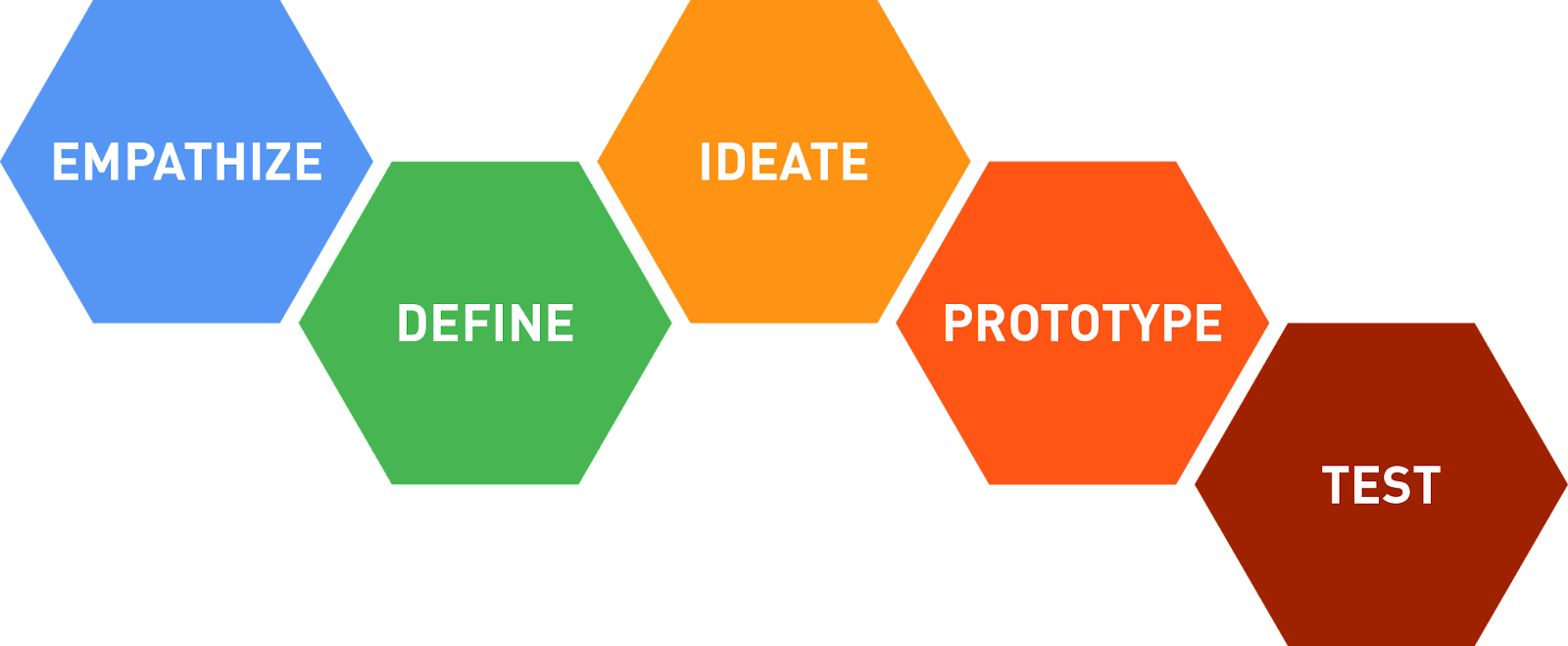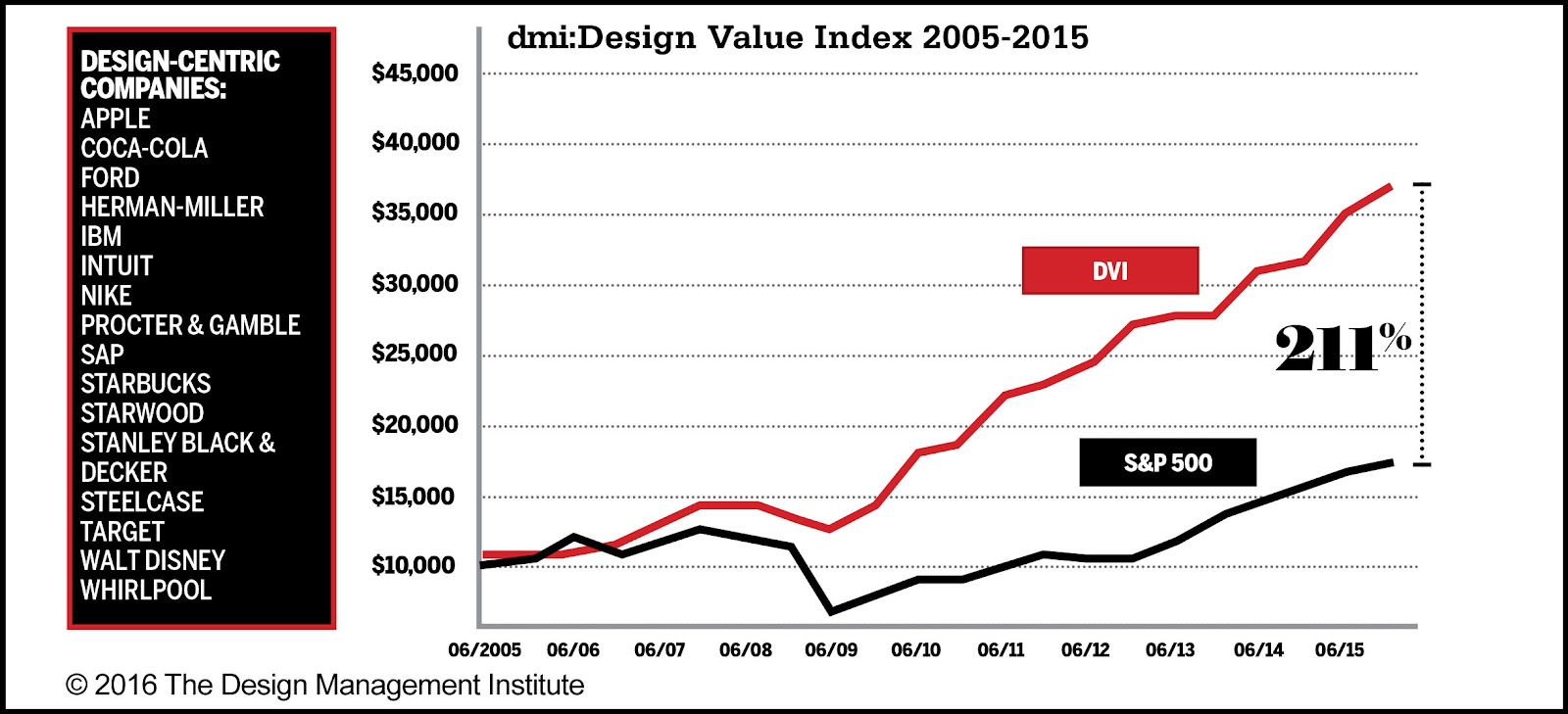Blog Insights
What is Design Thinking and Why Should I be Doing It?
What is Design Thinking?
“Design Thinking” is a method commonly used by designers to solve problems.
The idea of design as a way of thinking was written about in the 1960s, but it really gained traction in the 90s when David M. Kelley of IDEO adapted design thinking in a business context. This methodology is now taught at Stanford’s d.school and used by many businesses and organizations, including Forum One.
There are 5 steps in design thinking:
-
Empathize – The goal is to understand your audience and their context
-
Define – Identify, interpret, and construct a point of view
-
Ideate – Brainstorm lots of possible solutions
-
Prototype – Design small prototypes of your solutions
-
Test – Test out your prototypes, refine, reimagine

What are other types of thinking?
-
Engineering Thinking – solve your way forward
-
Business Thinking – optimize your way forward
-
Scientific Thinking – analyze your way forward
-
Design Thinking – build your way forward
How is it different?
Short answer: it’s usually more fun. Seriously!
In design thinking, you solve by doing. You ideate and prototype very early on small pieces. Rather than having a standard meeting with a lecture and a PowerPoint presentation, you are up sketching, reflecting, mapping, sorting, refining, prototyping, and on and on!
I think there are three main things that make design thinking unique from other methods:
-
It’s audience focused. The whole method is centered around knowing your audience, their context, their environment, their needs. Sometimes we can get caught up in internal needs, jargon, and roadblocks. In design thinking, it’s less about you and all about your audience.
-
It’s modular. When you play Scrabble, it’s easier to figure out your next play if you can rearrange the letter tiles (analogy courtesy of Christina Wodtke). In design thinking, we segment information into modular pieces, so that we can more easily rearrange them. This basically means there’s a lot of Post-It notes and notecards involved. The benefit is that you can easily rearrange, group, and visually see information as a group.
-
It’s iterative. You don’t spend a lot of time crafting a single, perfect, golden idea. Instead you’re rapidly generating several ideas, refining, throwing out, and building prototypes. Your first idea often isn’t the best one. Designers are accustomed to working through several iterations, critiquing, combining, refining, editing, etc. In design thinking we start small, and then we iterate, iterate, iterate.
Should I do it?
Totally. Give it a try! It’s fun. It’s inclusive. It’s eye-opening. Plus, as I mentioned, design-centered organizations perform better!
“Design Management Institute’s 2015 Design Value Index (DVI), based on a portfolio of 16 publicly traded stocks from companies considered to be “design-centric” contingent on a set of criteria that reflects best practices in design management, shows a 211% return over the S&P 500. This marks the third year in a row we have seen such results in excess of 200% over the S&P.”

Anecdotally, I’ve had several friends attend design thinking workshops in their corporate jobs and report back saying how enjoyable and helpful it was.
As a designer, I was initially skeptical. I thought, “I’ve been doing this for years. This isn’t really new.” But, I’ve come around to it because I’m realizing more and more that most people don’t solve problems the same way designers do. I’m glad this framework is helping folks in many other industries solve complex problems.
Where can I learn more about design thinking?
- Online Training – Learning Design Thinking: Lead Change in Your Organization from Lynda.com
- Online Training – Hello Design Thinking from IDEO
- Blog Post – Design Thinking As a Turnaround Tool
- Blog Post – How I Stopped Worrying and Learned to Love Design Thinking
- Resources – Design Thinking Resources from IDEO
- Books – Reading List from d.school